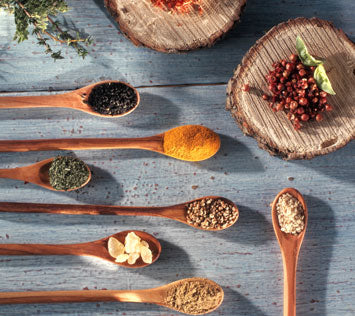The Growers Exchange carries a beautiful range of echinacea plants for sale, hand-picked and grown with utmost care to ensure bountiful growth for your garden. These versatile plants have been called the "coneflower" due to their unique, cone-shaped blooms that come in stunning shades of yellow, pink and purple. Not only do our echinacea plants add vibrancy to your living space, but they also have medicinal properties that make them an essential addition to any garden.
Why Choose Echinacea Plants?
Echinacea is a plant that has been highly valued for its impressive range of properties and stunning aesthetics. Its striking colors and cone-shaped disk florets add a touch of visual interest to your garden while bringing a wealth of health benefits to your home. This is why every gardener should consider making echinacea a key member of their botanical family.
Echinacea has a rich history spanning hundreds of years. This plant is native to North America's eastern and central regions and was widely used by Indigenous tribes for treating various ailments.
In the 19th century, American physician H.C.F. Meyer recognized its healing properties and strongly advocated its use. Echinacea was even listed in the United States Pharmacopeia from 1916 to 1950, highlighting its significant role in herbal medicine.
Today, echinacea is a popular choice among herbalists and naturopathic doctors for its ability to strengthen the immune system, promote wound healing and add a stylish touch to modern gardens.
When to Plant Echinacea?
Timing plays a crucial role in knowing when to plant echinacea. Generally, mid-to-late spring or early fall is considered the best time for planting since the soil temperature during this period is perfect for seed germination and root development.
In the mid-to-late spring, the soil has had a chance to warm up after winter. This provides an excellent environment for the echinacea seeds to germinate and establish a strong root system before the hot summer months arrive. Planting during this time allows the plants to have ample time to grow and become well-established before the colder months.
Early fall planting can also be beneficial for echinacea plants, as the soil is still warm from the summer months, but the air temperature is cooler. This can also be ideal for germination because the plants can take advantage of the cooler temperatures and more consistent rainfall during the fall season.
Echinacea Plant Care Tips
To ensure healthy growth and long-lasting blooms, it is essential that the proper echinacea plant care methods are employed. Make sure to follow these tips:
Soil Preparation
The first step in echinacea plant care is soil preparation. Echinacea plants thrive in well-draining soil with a pH of 6.0 to 7.0. Add compost or sand if you are planting in heavier, clay-based soil to ensure proper drainage. Amend the soil with organic matter, such as well-rotted manure or compost, to provide the plants with essential nutrients.
Planting and Spacing
Choose a location with full sun or light shade for planting, as echinacea plants require at least four to six hours of direct sunlight per day. Plant the echinacea in the prepared soil, leaving 12 to 18 inches of space between each plant. This will allow for proper air circulation, which is crucial in preventing diseases.
Watering
Echinacea plants are drought-tolerant, but giving them the right amount of water is still essential to echinacea plant care. During the first growing season, you need to water regularly to help establish the root system. Once the plants are established, reduce the frequency but increase the amount of water provided. Ensure the soil is moist but not overly saturated, as overly wet soil can lead to root rot.
Fertilizing
Because echinacea plants are often grown in nutrient-rich soil, they generally don't require additional fertilization. However, if you notice that your plants are lacking in growth, you can apply a balanced, slow-release fertilizer in the spring, following the manufacturer's instructions.
Pruning and Deadheading
Pruning is not always necessary, but cutting back the plant can encourage bushier growth. Deadheading, or removing spent flowers, ensures continuous blooms throughout summer. Additionally, removing the dead foliage in late winter or early spring can reduce the risk of disease and promote new growth.
Disease and Pest Control
Echinacea plants are relatively resistant to common pests and diseases. However, to prevent powdery mildew, practice proper spacing to allow for good airflow. In case of an infestation, such as aphids or spider mites, use insecticidal soap or neem oil, following the product instructions.
Grab Your Echinacea Plants at The Growers Exchange
Ready to brighten your garden with the versatile echinacea plant? Browse our echinacea plants for sale and bring home the perfect variety to complement your garden. Our team is always here to help with any questions you may have.
Make the right choice for a healthy, vibrant garden with the Growers Exchange!




